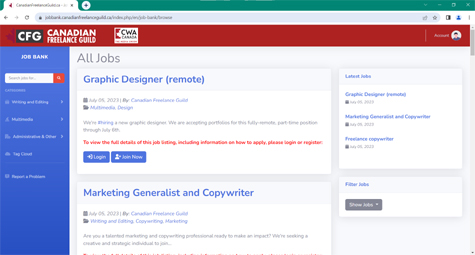In the Information Age, it is near impossible to sell yourself (and your work) without using a multi-platform approach. While your story may have warranted a large headline on the front cover of a national paper, chances are it’s not far-reaching unless you promote it via social media. Ashley Ramirez, an employee at Twitter, spoke to a large audience at the Netroots Nation conference in Detroit, MI last weekend about how to captivate and maintain an audience when you only have 140 characters to work with.
Know your audience
The most essential ingredient for Twitter success is knowing your audience. Establish a voice that allows you to connect with your intended demographic. Use language that is reflective of your audience, and tweet at peak times. For example, if you’re looking to target middle-aged businesspeople, tweeting during the morning and afternoon commute might prove to be most efficacious. If you’re looking to target college students, hold off on tweeting until past noon.
Use rich media
Ramirez emphasized the advantage of using rich media in your tweets. Tweets with links or photos generated 86% higher retweet rates than those without. While it’s easy to Google an image to throw on Twitter, it’s essential to always remain relevant. A picture of an adorable cat should not be used as bait for your story pertaining to public policy. Creating a Vine video, a relevant meme or using a picture of the people or events that you are covering are all appropriate and effective ways to enhance your tweets.
Respond in real time
Live tweets of events and breaking news are a surefire way to gain clout and followers in the media world. Ramirez states that implementing an “always on” strategy allows users to connect to every day conversation, which is something that can be easily lost when freelancers are working on a month-long feature piece. You can retweet from a variety of sources to provide a balanced perspective or you can pick a side and start a live debate, just remember who you are tweeting for. Responding in real time allows followers (and potential employers) to see that you are engaged and able to interact on a whim.
Plan your content
While many view Twitter primarily as an outlet for sharing the spontaneous happenings of daily life, it can actually help your online image if you create a content calendar. Freelance writers often have a multitude of stories and topics on the go that they would like to share, but you shouldn’t be tweeting about them all at once. Create a weekly or daily content calendar, depending on how much you tweet, and plan out when and what you are going to tweet. Planning your content allows you to capitalize on trending topics and current events. If you can predict what will be trending, you can plan your tweets and optimize your chances for gathering a large audience.
Don’t go hashtag crazy
You have 140 characters to work with, if 100 of those are hashtags, you come across as an attention-seeking journalist with no real message. The ideal tweet has no more than two hashtags, and those should be directly related to the content of the tweet. If you are overusing hashtags, it is near impossible to get a clear message across. The hashtag overkill is a classic example of quantity>quality. Sometimes it doesn’t matter how many people are exposed to your tweet: #If #you #hashtag #everything #you #lose #credibility. #Truth.
Ramirez labeled Twitter “a global town square,” where everyone can meet, tweet and retweet. It is important to have your voice heard, but more important that it’s heard by the right people. If you think you need to spice up your Twitter life, try using the above-mentioned strategies, and employ tools like Twtrland, Twitonomy and Klout to find influencers and measure your own influence.
Amber Richardson is a reporter at The Sputnik, and can be found on Twitter at @AmbsRich.




